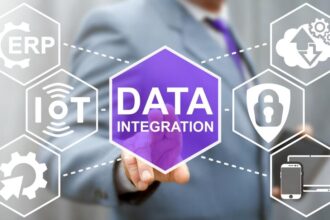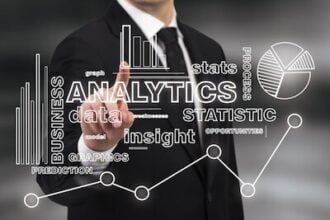Modern Analytics was founded in 2001 by a team that originally met building analytical capabilities for a major European bank. They wanted to see if they could make it easier to deliver the kind of analytic infrastructure they had developed for the bank. Since then, they have worked in many industries and have developed this infrastructure, for which they hold a number of patents. They see themselves as having two key competencies:
Modern Analytics was founded in 2001 by a team that originally met building analytical capabilities for a major European bank. They wanted to see if they could make it easier to deliver the kind of analytic infrastructure they had developed for the bank. Since then, they have worked in many industries and have developed this infrastructure, for which they hold a number of patents. They see themselves as having two key competencies:
- Data handling.
They have developed an automated ETL infrastructure to build analytical data sets. This process handles the transformations and manipulations, as well as master data management for very large volumes of analytic data. The aim is for complete process automation of this analytical data preparation. They routinely handle very large datasets (such as one with 56B rows and 50,000 attributes – 700TB) from which thousands of derived attributes must be created for modeling. - Analytics.
They have been doing this for a long time and make use of best of breed algorithms of every type. Their “Model Factory” product has some of its own algorithms, as well as using many from other vendors. These algorithms cover the whole spectrum; including Regression, Neural Networks, Bayesian Classifiers, Optimization of Genetic Algorithms, forecasting and fuzzy logic. The models they build cover propensity to buy, probability of default, fraud, optimizing marketing spend, forecasting and more.
In theory, analytic modeling follows a straightforward iterative process from exploration, to modeling and deployment, to monitoring and repeat. The reality experienced in most companies is an expensive and time consuming mess. To address this problem Modern Analytics provides a high volume predictive modeling service leveraged by their two core products – an AnalyticRepository to store models, and ModelFactory with automated data handling for building analytics. The three elements are:
- Analytical ETL (the automated data handling feature of ModelFactory)
This is designed to shield the business and analytics teams from IT and vice versa. It provides “Lego-like” blocks for use in analytical processes, from OLAP to reporting to forecasting to predictive analytics. This allows business and analytic teams to share the data and their understanding of it effectively by defining and managing “business views” of the data. The underlying data integration and ETL are done using third party products with Modern Analytics focusing on the automation and management of this process. - AnalyticalRepository
This function sits between the analytical ETL process and the modeling tool. It helps companies collect and protect their analytic IP and share it across projects. For instance, a variable that is generated as part of a project becomes available for all models that may be subsequently built. Variables are automatically monitored and suggested for adding to/removing from models, based on their effectiveness for various modeling efforts. - ModelFactory
Baselines models to establish benchmarks and then automates model building and refresh. It delivers consistent and automated model building and reporting using multiple methods that can be compared and used, or integrated into an Ensemble model. It takes the rich analytic dataset from the Analytical ETL process and rapidly delivers multiple models. It allows for business constraints on things like the contribution of specific attributes (so the model cannot become too dependent on one factor). ModelFactory handles transformations, sampling, ranking, interaction detection, tolerance thresholds, classifiers and more. Business and IT people interact with the product using Excel in which they can see the models being built; specify new models to build etc.
Modern Analytics see their value add as being able to rapidly create high model volumes of the greatest quality at a fraction of the cost generally available on or off shore. This allows businesses to realize the promise of predictive modeling by deploying these models in potentially high value scenarios that were previously too cumbersome or cost prohibitive to try.








